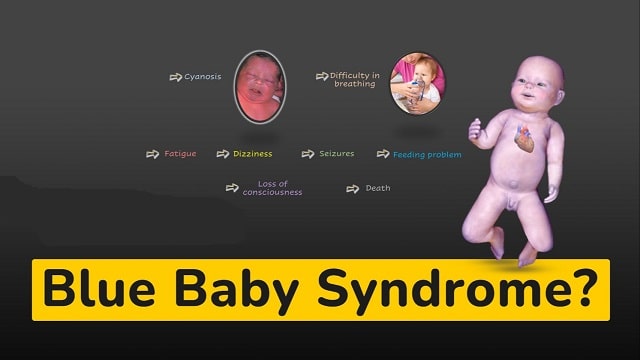Blau Syndrome
Blau syndrome is a very rare genetic inflammatory condition. Symptoms can affect many areas of the body, most commonly the skin, joints, and eyes. The syndrome has several other names or labels, such as early-onset sarcoidosis or arthrocutaneous granulomatosis.
In rare cases, the syndrome can affect the liver, spleen, lymph nodes, blood vessels, brain, lungs, and heart. In some people, Blau syndrome also causes fever and nerve damage.
Blau Syndrome Symptoms
Symptoms of Blau syndrome vary from person to person and can change as the disease progresses. The earliest symptom is usually granulomatous dermatitis, a type of skin inflammation that causes a persistent rash.
The rash may be scaly or form hard bumps under the skin. It can develop on the arms, legs, and chest. The appearance and progression of symptoms vary.
However, rashes tend to develop around age 1, joint problems tend to appear at age 2, and eye disease at age 4.
Other conditions that commonly occur in people with this syndrome include:
- Arthritis.
- Inflammation of the tendons around the joints.
- Fluid builds up around the joints.
- Inflammation of the middle layer of the eye, or uvea.
- Conjunctivitis.
- Kidney disease.
- Calcium deposits in the kidneys.
- Inflammation of the blood vessels.
- Permanent bending of the toes and fingers.
Causes of Blau Syndrome
Blau syndrome is a monogenic disease, meaning it results from a single modification in a single gene that is present in all cells of the body. It also appears to result from a single mutation in the NOD2 gene.
This gene produces proteins that are responsible for important immune responses, including inflammation. Normally, inflammation occurs when immune molecules send white blood cells and signaling molecules to destroy or inactivate foreign microbes or help repair tissue.
Mutations associated with this syndrome cause NOD2 to produce an overactive protein, resulting in an abnormal inflammatory response. However, it is not yet known exactly what causes this overactive protein.
Blau Syndrome Risk Factors
Blau syndrome is inherited genetically in an autosomal dominant pattern. This means that one mutated gene in each cell is enough to cause the symptoms of the syndrome.
Most people with this syndrome have one parent with the condition. So, the risk factors for this syndrome are genetic or a history of the syndrome in a parent.
However, not all people with this syndrome have a family history of the condition. People who have the syndrome without inheriting it from a family member are thought to have a disorder called early sarcoidosis.
Diagnosis of Blau Syndrome
Due to the rarity of the condition and its genetic basis, the involvement of several specialists may be necessary to diagnose Blau syndrome. To diagnose the syndrome, the doctor will first review your personal and family medical history, assess any symptoms, and perform a physical examination.
They may also suggest laboratory tests to rule out other conditions and check joint fluid and skin lesions for specific markers of this syndrome.
If a doctor suspects a baby has this syndrome, and the baby has joint, eye, or skin symptoms, they will refer you for genetic testing. Genetic testing checks for abnormalities in chromosomes, single genes, or pieces of DNA, as well as for the activity levels or amounts of proteins.
Blau Syndrome Treatment
There is no cure for the syndrome, but there are ways to manage the symptoms. High doses of corticosteroids can help reduce inflammation when symptoms occur. Lower doses can help between flare-ups.
In addition, doctors may also prescribe immunosuppressant drugs to relieve symptoms, and other medications to help reduce inflammation.
Complications of Blau Syndrome
In rarer cases, this syndrome can cause complications in several vital organs of the body, such as the liver, spleen, lymph nodes, blood vessels, brain, lungs, and heart.
Inflammation of these organs can disrupt their function and cause serious, life-threatening complications.
Blau Syndrome Prevention
Because the cause is a genetic mutation, there is currently no way to prevent this syndrome from occurring.

